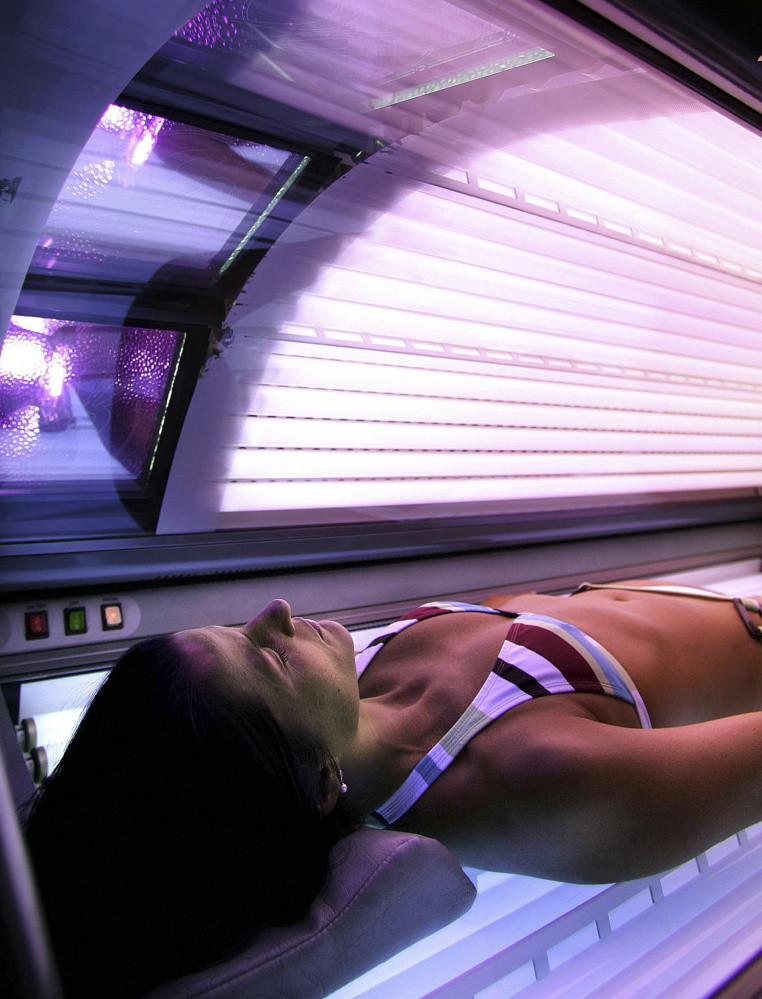Republicans’ Obamacare replacement will make it easier to sport that beachy, potentially precancerous glow: Their American Health Care Act would do away with a 10 percent excise tax on tanning services.
“That’ll be fantastic. I mean, we’re really hurting,” said Gerald Siano, owner of Bodies in Heat Salon in Bloomfield, New Jersey. “I don’t care what business you’re in, you can’t just give away 10 percent of your profits for nothing.”
The move is part of the Republican plan to repeal billions of dollars in of levies associated with the law, including the “Cadillac tax” on high-cost health plans, fees on health insurers, and the tanning tax, included in the Affordable Care Act because of indoor tanning’s link to skin cancer.
The GOP bill has drawn harsh criticism from both parties, and its chances of reaching President Trump’s desk in its current form are uncertain. But those in the tanning community see a chance to bask.
Siano, 75, was part of a multiyear effort to repeal the tax. His salon is a member of the American Suntanning Association, the industry’s main lobbying group. As a salon owner, he’s met with several New Jersey congressmen to discuss the levy, which he’s absorbed into his pricing.
“You had to ease it in. People are going to say, ‘Wow, I have to pay an extra 10 percent? I’ll go outside and sit in the sun,'” said Siano.
Approximately 7.8 million adult women and 1.9 million adult men in the U.S. tan indoors, according to the American Academy of Dermatology. Patrons get the glow by disrobing, smearing themselves with a protective lotion and stepping into a tubular tanning bed, which emits a combination of UV-A and UV-B rays. Beginners are encouraged to start off with five-minute sessions, gradually increasing to longer stints, depending on skin type.
Send questions/comments to the editors.



Success. Please wait for the page to reload. If the page does not reload within 5 seconds, please refresh the page.
Enter your email and password to access comments.
Hi, to comment on stories you must . This profile is in addition to your subscription and website login.
Already have a commenting profile? .
Invalid username/password.
Please check your email to confirm and complete your registration.
Only subscribers are eligible to post comments. Please subscribe or login first for digital access. Here’s why.
Use the form below to reset your password. When you've submitted your account email, we will send an email with a reset code.